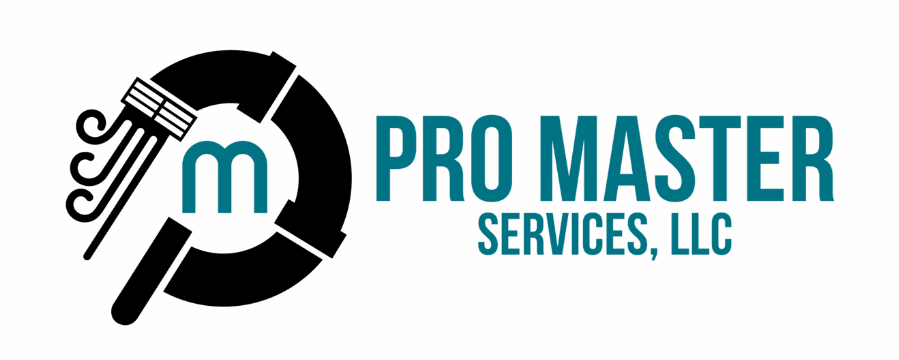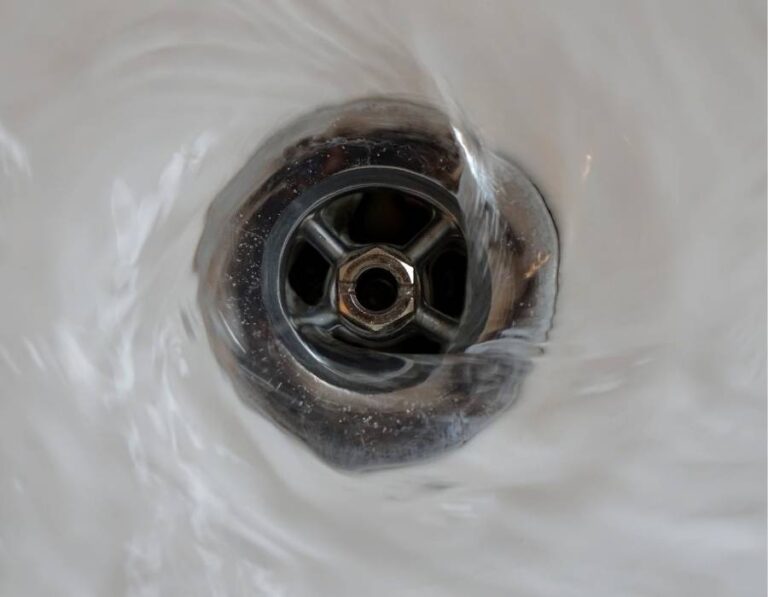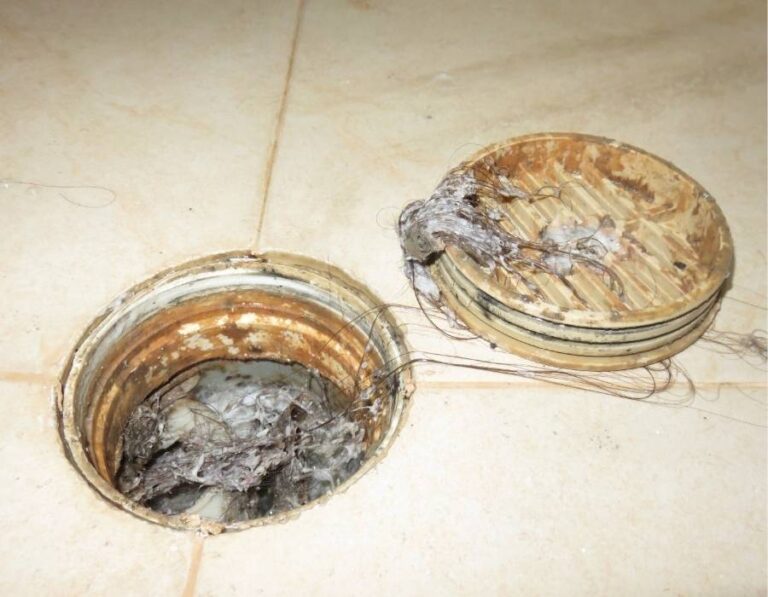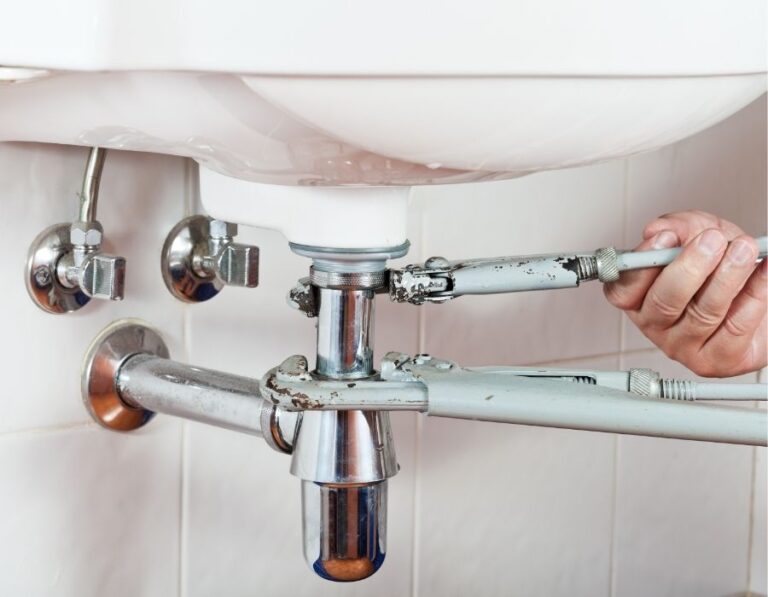Common DIY Drain Mistakes We Fix—And How to Avoid Them
In the age of YouTube tutorials and TikTok home hacks, it’s never been easier to feel like a weekend warrior especially when it comes to plumbing. A quick online search can make unclogging a drain seem simple and foolproof. But while DIY fixes can be empowering and budget-friendly, they also come with risks. One wrong move, and what starts as a minor blockage can turn into a full-blown plumbing emergency.
At Pro Master Services, we’ve seen it all from melted pipes caused by chemical overuse to shower drains wrecked by improper tool use. Every week, we respond to panicked calls from homeowners who unintentionally made a clog worse or caused damage trying to fix it themselves. In this post, we’ll break down the most common DIY drain mistakes we encounter, explain why they’re risky, and show you how to avoid them altogether. Whether you’re a seasoned DIYer or just looking to save a few bucks, this guide will help you keep your plumbing and your wallet—intact.
1. Overusing Chemical Drain Cleaners
Reaching for a bottle of commercial drain cleaner is an easy, almost automatic response when a sink backs up. These products are inexpensive, widely available, and marketed as a quick fix for stubborn clogs, making them a go-to for many homeowners in a pinch.
While they may seem effective in the short term, chemical drain cleaners are extremely harsh on your plumbing system. Their caustic ingredients can eat away at both metal and plastic pipes, weakening them over time. The Environmental Working Group warns that repeated use is one of the leading causes of pipe corrosion in older homes especially those 15 years and up. What’s worse, these chemicals can also harm septic systems and pose health risks if mishandled.
For mild clogs and routine maintenance, opt for safer solutions like enzyme-based cleaners or a baking soda and vinegar flush. These alternatives break down debris without damaging your pipes. If you’re dealing with frequent blockages, skip the chemical shortcuts and call in a pro. Techniques like hydro jetting or mechanical snaking are more effective and won’t compromise your plumbing in the long run.
2. Using Improper Tools
In an effort to save time or money, many DIYers resort to makeshift tools like wire coat hangers, plastic tubing, or even garden hoses to dislodge clogs. While these quick fixes may seem clever in the moment, they often do more harm than good.
Improvised tools lack the precision and flexibility needed for safe drain clearing. They can scratch or puncture pipe walls, damage U-bends and traps, or even force debris farther down the line, making the clog harder to reach and more expensive to fix. What starts as a simple backup can quickly escalate into a full-blown plumbing repair.
Invest in proper, affordable tools like a manual drain snake or hand auger—both designed to clear clogs safely and effectively. And if a blockage doesn’t budge after a few careful tries, don’t force it. That’s the moment to call in a pro equipped with camera inspection technology to diagnose the issue without guesswork or damage.
3. Incorrect P-Trap Reassembly
After clearing a clog from the P-trap, the curved pipe beneath sinks some DIYers rush the reassembly process. Common errors include forgetting washers, misaligning pipe sections, or overtightening joints.
Even minor sealing mistakes can result in slow leaks, musty odors, or water damage beneath cabinets and floors. Left unchecked, a simple oversight can lead to mold growth and warped woodwork.
Snap a quick photo of the assembly before taking it apart to use as a reference. Replace worn washers, apply plumber’s tape on threaded joints, and reassemble snugly—not tightly. Once everything’s back in place, run water for a few minutes and check for leaks before sealing up the area.
4. Forcing the Snake
When a clog doesn’t budge, many people instinctively push harder with a drain snake, hoping brute force will break through the blockage.
Excessive force can damage old or brittle pipes, dislodge joints, or wedge the snake tightly inside the plumbing system. One wrong twist and you could crack a fitting or snap the tool inside the line.
Always guide the snake slowly and steadily. If you feel resistance that doesn’t give, stop, it may be hitting a pipe joint, sharp bend, or a collapsed section. That’s a clear sign to call in a pro who can inspect the issue using specialized camera equipment.
5. Ignoring the Plumbing Vent System
Many DIY fixes focus only on the drainpipes, overlooking the importance of the plumbing vent system that balances air pressure and supports smooth drainage.
Blocked or poorly configured vents can cause sluggish drains, bubbling toilets, gurgling sinks, or worse—allow sewer gas to enter your home. It’s not only a performance issue, but also a health hazard and a potential code violation.
Understand how your system vents, especially if you’re adding new fixtures or altering drain lines. If you suspect venting issues or hear consistent gurgling noises, it’s time to bring in a licensed plumber who can diagnose and correct the system safely and to code.
6. Mixing Incompatible Cleaners
In an attempt to supercharge results, some homeowners mix chemical cleaners like bleach, ammonia, or store-bought drain openers.
Combining chemical cleaners can create toxic fumes or dangerous chemical reactions. In worst cases, it can corrode your pipes and lead to hazardous exposure for you and your family.
Use one solution at a time and avoid mixing products. Always flush thoroughly with water before trying another method. If the clog remains after one treatment, don’t escalate—call a plumber instead of risking a hazardous mess.
7. Delaying Professional Help
Many people spend weeks cycling through DIY tricks, hoping the next one will finally fix the issue—meanwhile, symptoms worsen.
Persistent clogs, especially those affecting multiple drains, often signal deeper problems like sewer line blockages, tree root intrusion, or pipe collapse. Waiting too long can result in costly damage, unsanitary backups, or extensive repairs.
Don’t ignore warning signs like slow drainage in multiple fixtures, foul smells, or recurring clogs. These symptoms usually mean it’s time for a professional inspection. Early intervention can save thousands in repairs and spare you a serious plumbing disaster.
Frequently Asked Questions (FAQs)
How to Prevent DIY Drain Disasters
The best way to avoid costly plumbing mistakes is by getting familiar with your home’s unique plumbing system before attempting any fixes. Every system is a little different, and understanding how yours is laid out, especially where key components like traps, cleanouts, and vent stacks are located can save you from unnecessary confusion and damage.
Instead of relying on over-the-counter quick fixes that mask deeper problems, opt for long-term solutions like enzyme-based drain maintenance products. These natural cleaners help keep pipes clear without the corrosive effects of harsh chemicals. Make it a habit to perform monthly drain checks, particularly in high-use areas like kitchens and bathrooms, where buildup tends to happen quickly.
Having a few essential tools on hand—a plunger, drain snake, and plumber’s tape can help you manage minor issues safely and effectively. But perhaps the most important tip of all: know your limits. If a clog persists, multiple fixtures are affected, or you’re uncertain about what lies behind your walls, it’s time to put down the wrench and call a licensed professional. Preventing a DIY disaster often means knowing when not to DIY.
Know When to Step Back
DIY home maintenance can be incredibly rewarding, and for many tasks, it’s the perfect way to save time and money. But plumbing is one area where precision and experience truly matter. A small mistake like overtightening a fitting or using the wrong seal can lead to leaks, water damage, or even structural issues. At Plmbr, we’re all about empowering homeowners with practical knowledge, but we also know when a job calls for a trained professional.
By avoiding the seven common mistakes outlined in this guide, you’re already ahead of the game and protecting both your home and your wallet. Just remember: plumbing isn’t the place to guess. When in doubt, it’s always smarter (and cheaper) to bring in a pro early rather than fix a bigger mess later. Because the best fix isn’t just a quick one, it’s the right one the first time.







